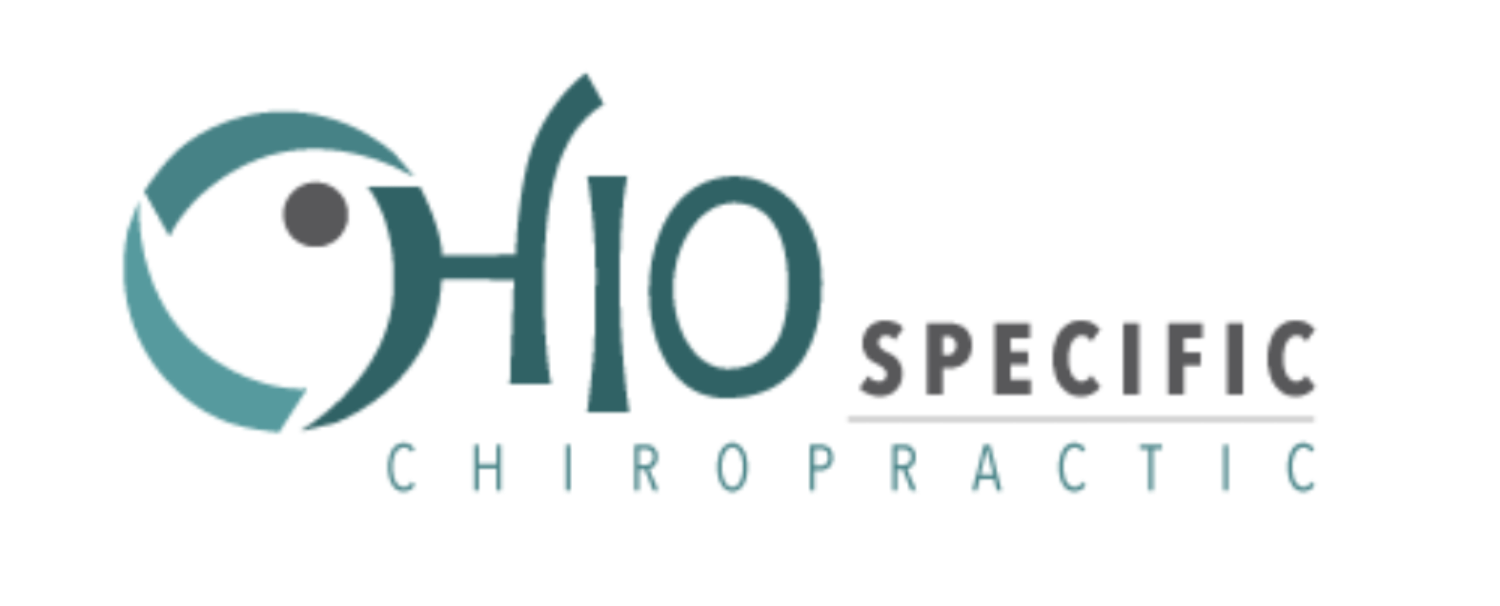Cerebral Palsy and the Upper Cervical Spine
In the upper cervical spine, there are four main structures to focus on. They are:
The Foramen Magnum of the Occipital bone
The Atlas vertebra (1st cervical bone)
The Axis vertebra (2nd cervical bone)
The Brainstem of the Nerve System.
The Brainstem exits from the Foramen Magnum. The Atlas and Axis bones protect and surround the Brainstem. The brainstem connects all the nerves from the brain to the nerves of the body.
In Upper Cervical Chiropractic, the primary focus is on the Atlas and Axis joints. The upper cervical spine has a powerful influence on nerve function and spine structure.
Regarding Cerebral Palsy, the secondary focus is on the Cerebral Motor Cortex.
The cerebral motor cortex is part of the cerebrum, the largest part of the brain. The motor cortex is part of the frontal lobe. It works with other brain areas and the spinal cord to translate neural impulses into physical motion. It consists of the primary motor cortex, premotor cortex, and supplementary motor area. Both brain hemispheres have a motor cortex, with each side controlling muscles on the opposite side of the body (i.e., the left hemisphere controls muscles on the right side).
The Nerve System in general does four main things:
It controls all the movements we make
Senses everything we feel
Regulates all our body organs
Relates us to the outside world
When nerves get stressed, it effects their sensitivity, perception and behavior. There are three types of stress we deal with in life. The stresses are physical, chemical and emotional. These stresses create nerve tension and spine imbalance.
One specific job of the brainstem is to adapt these stresses and help bring the spine back into balance. Compensations arise if the stresses are too great for the brainstem to adapt. One particular compensation that occurs in the upper cervical spine is a vertebral subluxation.
A vertebral subluxation will cause the Atlas and Axis bones to get locked in a misaligned position. This lock will perpetuate spine imbalance and Nerve System tension. This tension will lead to abnormal sensitivity, perception and behavior of the brainstem and connecting nerves. Nerve System function is disrupted.
A subluxation negatively effects proprioception. Proprioception is how the body communicates with the brain its position in space. In general, when the upper cervical spine subluxates, it causes the head to tilt out of balance, making the eyes unlevel. This disrupts four primary structures of proprioception found in muscles, tendons, facet joints and intervertebral discs.
This message is sent up to the cerebellum. The cerebellum handles proprioception and motor control information. This information is then sent to the thalamus and sensory cortex so the brain can integrate it. In general, the cerebellum tells the brain what is occurring in the body.
At this point, the brain compares what should be happening in the body to what is happening in the body. The brain must send a compensatory response to “right the wrong.” The motor cortex sends a response through nerve tracts that travel through the brainstem.
The tracts receive constant messages from the cerebellum and cortex to help control the regulation of muscle tone, smoothness of movement, posture and balance.
When the brain interprets the upper cervical subluxation, it sends information through nerve tracts to activate and compensate muscles to help level the head and eyes. This causes muscle imbalance.
Usual symptoms of Cerebral Palsy include:
Lack of muscle coordination when performing voluntary movements (ataxia)
Stiff or tight muscles and exaggerated reflexes (spasticity)
Weakness in one or more arm or leg.
Walking on the toes, a crouched gait, or a “scissored” gait.
Variations in muscle tone, either too stiff or too floppy
Shaking (tremor) or random involuntary movements
Delays in reaching motor skill milestones
Difficulty with precise movements such as writing or buttoning a shirt






